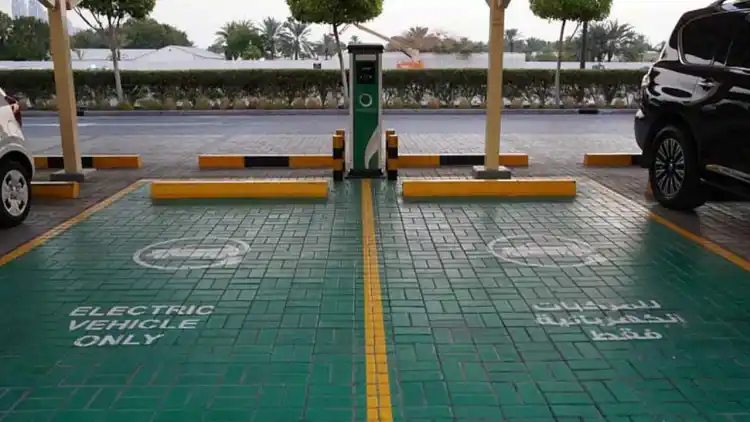- What Is a Range Extended Electric Vehicle (REV)?
- Pure Electric Vehicles Explained
- Key Advantages of REVs in the UAE
- Benefits of Pure EVs in the UAE
- Challenges and Considerations
- Comparison Table: REV vs Pure EV for UAE Drivers
As the UAE accelerates toward a greener future, the choice between Range Extended Electric Vehicles (REVs) and pure Electric Vehicles (EVs) becomes more relevant to drivers seeking sustainable mobility solutions. Both technologies offer zero tailpipe emissions and the benefits of electric driving, but differences in range, refueling options, and total cost of ownership make the decision nuanced. This article explores the pros and cons of REVs versus EVs within the UAE context, providing a detailed comparison to help consumers select the optimal vehicle for their lifestyle.

What Is a Range Extended Electric Vehicle (REV)?
REVs combine an electric battery drivetrain with a small onboard internal combustion engine (ICE).
The engine does not directly power the wheels but acts as a generator to recharge the battery once it depletes beyond a threshold.
This dual system provides extended driving range beyond typical pure EV limits without reliance on charging infrastructure.
REVs bridge the gap between traditional internal combustion vehicles and full electric vehicles, offering “range assurance.”
Pure Electric Vehicles Explained
Pure EVs run solely on electric motors powered by rechargeable batteries—no fuel tanks or engines involved.
Depending on model size and battery capacity, ranges vary from about 250 km to over 600 km per full charge.
They require access to charging stations for recharging, which can range from slow home chargers to fast public stations.
The cleaner choice for urban and short to medium-range commuting with zero direct emissions.

Key Advantages of REVs in the UAE
Extended Range for Long Trips: REVs eliminate range anxiety with the backup generator, ideal in UAE’s vast desert highways with sparser charger availability.
Fuel Flexibility: Ability to refuel using petrol/diesel fuels when electricity is unavailable or impractical.
Lower Charging Frequency: Less dependence on charging infrastructure reduces downtime, suitable for frequent long-distance travelers.
Familiar Refueling Experience: Similar to conventional vehicles, refueling is quick and available widely.
Benefits of Pure EVs in the UAE
Zero Emissions: No tailpipe emissions align perfectly with UAE’s sustainability goals and urban air quality improvement initiatives.
Lower Operating Costs: Electricity costs per kilometer are significantly less than petrol, with fewer moving parts reducing maintenance.
Incentives and Benefits: Free charging at public stations, exemption from registration fees, and reduced tolls benefit EV owners.
Silent and Smooth Driving: Instant torque delivery provides a smooth and quiet ride in urban traffic.

Challenges and Considerations
REV Drawbacks: Added complexity with a dual powertrain may increase maintenance costs; still produces emissions when the engine runs.
Pure EV Drawbacks: Charging infrastructure, while growing, may still inconvenience those requiring frequent long-range travel; charging times can be lengthy.
Climate Effects: Extreme heat can reduce battery performance slightly, though newer battery tech mitigates these effects.
Initial Purchase Price: Both EVs and REVs have higher upfront costs than conventional vehicles, though costs are decreasing with scale and subsidies.
Comparison Table: REV vs Pure EV for UAE Drivers
Choosing between a Range Extended Electric Vehicle (REV) and a pure Electric Vehicle (EV) in the UAE is shaped by individual driving needs, infrastructure access, and environmental priorities. REVs offer unmatched range confidence and flexibility for desert highways and infrequent charging locales. Meanwhile, pure EVs present the cleanest and most cost-effective option for city driving and short-to-medium ranges, supported by growing infrastructure and government incentives. Both play a vital role in the UAE's transition to sustainable transportation, and the choice ultimately hinges on balancing convenience, cost, and carbon footprint preferences.













